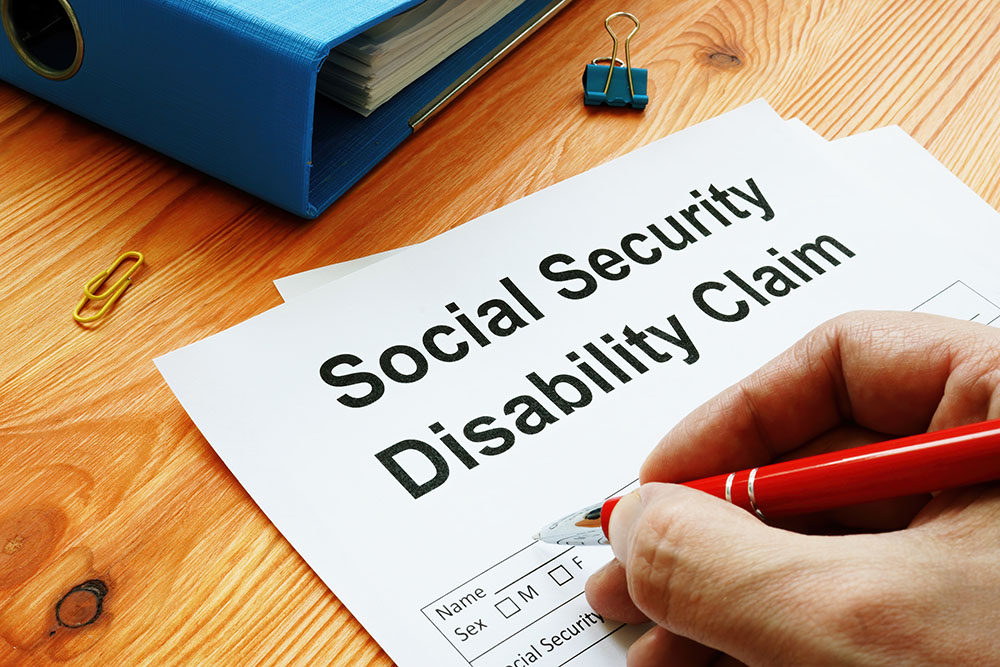Stevens-Johnson Syndrome (SJS) is a rare but serious disorder that affects the skin and mucous membranes. It typically begins with flu-like symptoms, followed by a painful red or purplish rash that spreads and blisters. Understanding SJS is crucial because it can severely impact one’s health and quality of life if not diagnosed and treated promptly. With its symptoms potentially resembling other conditions, pinpointing a correct diagnosis can be challenging.
False positives occur when a person receives a diagnosis for a condition they don’t actually have. This can be particularly concerning for conditions like SJS, where treatments must be timely and accurate to prevent complications. Misdiagnoses can lead to unnecessary stress and inappropriate treatment, highlighting the importance of accurate identification. Let’s explore some common causes of SJS and how one might mistakenly be diagnosed with this condition.
Common Causes of Stevens-Johnson Syndrome
Stevens-Johnson Syndrome can arise from various triggers, often making diagnosis complex. One notable cause is adverse reactions to medications. Some common culprits include antibiotics, anti-seizure drugs, and nonsteroid anti-inflammatory drugs like ibuprofen or naproxen. It’s crucial to recognize the medications you take and be aware of any new symptoms that might arise after starting a new treatment.
Another trigger for SJS can be infections such as herpes, pneumonia, or HIV. These infections can complicate matters as their symptoms might mimic SJS, leading to a diagnostic mix-up. It’s crucial to establish a clear understanding of a person’s medical history and symptoms before reaching a diagnosis.
Interestingly, genetic factors also play a role. Some individuals might have a genetic predisposition that heightens their risk after exposure to certain medications or infections. This genetic component is important as it can help doctors develop personalized treatment plans and prevent potential misdiagnoses. By understanding the common causes and triggers of SJS, you can better grasp how false positives might occur.
Identifying False Positives in SJS Diagnosis
When dealing with Stevens-Johnson Syndrome, a false positive diagnosis can create serious challenges. A false positive means a person is diagnosed with SJS when they actually have another condition. This confusion often arises because many symptoms of SJS are similar to those of various other illnesses, including both skin disorders and infections.
The symptoms of SJS, such as rashes and blisters, may sometimes overlap with conditions like toxic epidermal necrolysis (TEN), erythema multiforme, or even simpler ailments like allergic skin reactions. Mistaking these conditions for SJS can lead to unnecessary and potentially harmful treatments. For instance, a person with erythema multiforme might mistakenly receive a severe treatment regimen typically reserved for SJS, which can be taxing on both the mind and body.
Examples of other conditions often confused with SJS include:
– Erythema multiforme, which shares the characteristic rash and can cause significant alarm.
– Drug reactions, as many symptoms of drug allergies mimic those of SJS.
– Viral infections like the herpes virus, which can also present with skin issues.
These examples show why knowing the distinct symptoms of SJS is key to recognizing and preventing false positives.
Steps to Take After a Suspected False Positive
If you suspect a false positive diagnosis for SJS, it’s essential to take steps to clarify your condition. First, seeking a second opinion can provide reassurance and possibly a different perspective on your symptoms. Medical professionals might suggest further testing to confirm the presence of SJS, such as skin biopsies or referral to a dermatologist.
While navigating this process, becoming your own advocate is crucial. Here are some steps to consider:
1. Consult a Specialist: Seek advice from dermatologists or specialists familiar with SJS for an in-depth analysis.
2. Keep Thorough Records: Document your symptoms and any potential triggers, including new medications, to aid in accurate diagnosis.
3. Ask Questions: Communicate openly with healthcare providers, ensuring that you’re well-informed about each diagnosis step.
4. Research and Learn: A basic understanding of SJS and its triggers can empower you to make informed decisions and challenge any uncertainties about your diagnosis.
Avoiding Diagnostic Errors with SJS
Avoiding diagnostic errors involves both healthcare professionals and patients playing active roles. Doctors can improve diagnostic accuracy through comprehensive reviews of the patient’s medical history and detailed assessments of symptoms to catch nuances that may distinguish SJS from other conditions. This careful scrutiny reduces the risk of jumping to conclusions based on overlapping symptoms.
Patients themselves can help by maintaining open lines of communication with their healthcare providers. It’s helpful to provide nurses and doctors with a complete list of medications taken and any previous medical experiences that might relate to SJS. Accurate and detailed communication will ensure all possibilities are considered, minimizing the likelihood of a false positive.
By focusing on the keys to a proper diagnosis, like accurate record-keeping and proactive conversations with healthcare providers, you can help pave the way for improved health outcomes. This shared responsibility can bring better understanding and control over conditions that are easily misunderstood.
Stay Informed and Proactive
Navigating a diagnosis of Stevens-Johnson Syndrome, especially when faced with possible false positives, requires vigilance and a proactive approach. Recognizing and addressing these challenges early can prevent missteps in your treatment journey, ensuring you get the appropriate care you need.
Encouraging communication and collaboration between patient and provider fosters a healthcare environment ripe for accurate diagnosis and effective treatment. By consistently advocating for your health, you play a role in making sure that your diagnosis reflects your true medical condition.
Lastly, staying informed about SJS and maintaining a healthcare network you trust will help you make informed decisions about your condition, leading to a better quality of life and peace of mind.
Taking control of your health starts with understanding what causes Stevens-Johnson Syndrome and ensuring that your diagnosis is accurate. If you’re facing challenges in this area, let Greg Jones Law, P.A. help navigate your legal options. Learn more about how a knowledgeable lawyer can assist you in pursuing the right course of action. Stay informed, stay proactive, and make empowered decisions about your health.




